Home>Kitchen & Cooking>Kitchen Gadgets & Utensils>How To Paint A Kitchenaid Stand Mixer
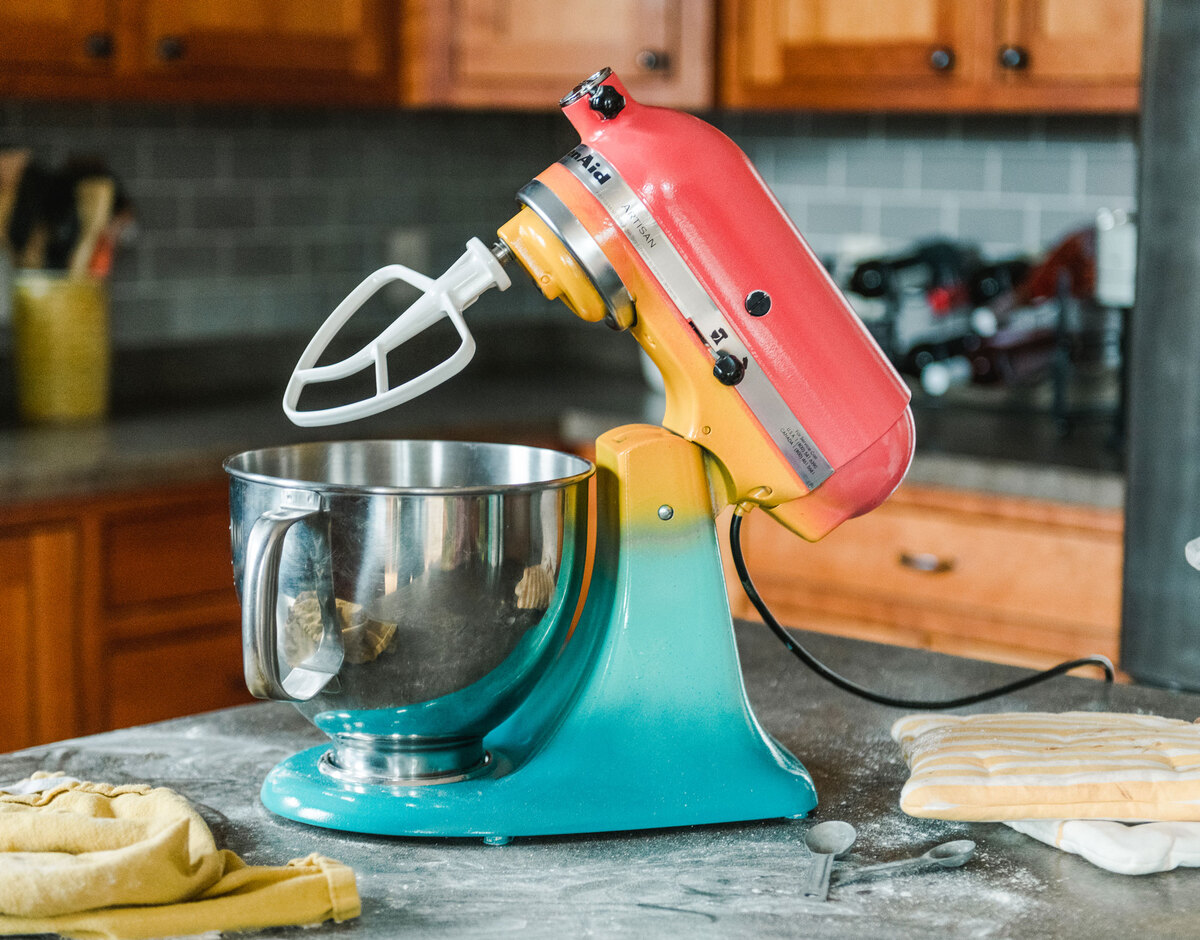

Kitchen Gadgets & Utensils
How To Paint A Kitchenaid Stand Mixer
Modified: January 19, 2024
Learn how to transform your Kitchenaid stand mixer with a fresh coat of paint. Elevate your kitchen decor with this easy DIY project. Discover more kitchen gadgets and utensils tips.
(Many of the links in this article redirect to a specific reviewed product. Your purchase of these products through affiliate links helps to generate commission for Storables.com, at no extra cost. Learn more)
Introduction
Welcome to the world of kitchen personalization! If you're looking to add a splash of color and personality to your kitchen, painting your KitchenAid stand mixer can be a fun and creative project. Your trusty mixer, with its iconic design and reliable performance, can become a unique and eye-catching centerpiece in your culinary space.
Whether you want to match your mixer to your kitchen decor, express your individual style, or simply breathe new life into an old appliance, painting your KitchenAid stand mixer can be a rewarding endeavor. With the right materials, a bit of preparation, and a touch of creativity, you can transform your mixer into a personalized work of art.
In this guide, we'll walk you through the step-by-step process of painting your KitchenAid stand mixer, from gathering the necessary materials to adding the final touches. By the end of this journey, you'll have a beautifully customized mixer that reflects your personal taste and adds a pop of color to your kitchen. So, roll up your sleeves, unleash your creativity, and let's embark on this exciting project together!
Key Takeaways:
- Personalize your KitchenAid stand mixer by painting it with the right materials and preparation. Create a unique centerpiece that reflects your style and adds a pop of color to your kitchen.
- Transform your trusty mixer into a personalized work of art with patience and attention to detail. Embrace the joy of infusing your kitchen with your creativity and resourcefulness.
Read more: How To Paint Your Kitchenaid Mixer
Materials Needed
Before diving into the painting process, it's essential to gather all the necessary materials. Here's what you'll need to get started:
- KitchenAid Stand Mixer: Your trusty mixer will be the canvas for your creative endeavor. Ensure it's clean and free of any food residue before beginning the painting process.
- Painter's Tape: This will be used to cover any areas of the mixer that you don't want to paint, such as the control knobs and logos.
- Sandpaper: Choose a fine-grit sandpaper to lightly sand the surface of the mixer. This will help the paint adhere better and create a smooth finish.
- Primer: Look for a high-quality primer suitable for metal surfaces. The primer will create a base for the paint and improve its durability.
- Spray Paint: Opt for a spray paint specifically designed for metal or appliances. Choose your desired color or colors to bring your creative vision to life.
- Clear Coat: A clear protective coat will help seal the paint and provide a glossy, long-lasting finish. Look for a clear coat designed for use on metal surfaces.
- Drop Cloth or Newspaper: To protect your work surface from paint overspray, lay down a drop cloth or spread out old newspapers.
- Respirator Mask and Gloves: Safety first! A respirator mask and gloves will protect you from inhaling paint fumes and keep your hands clean during the process.
- Well-Ventilated Area: Choose a well-ventilated space, such as a garage or outdoor area, for painting to ensure proper air circulation.
With these materials in hand, you'll be well-equipped to begin the exciting journey of transforming your KitchenAid stand mixer into a personalized masterpiece.
Preparation
Before you start painting your KitchenAid stand mixer, it’s crucial to prepare the surface and create a suitable workspace. Follow these steps to ensure a smooth and successful painting process:
- Clean the Mixer: Begin by thoroughly cleaning the mixer to remove any grease, dirt, or food residue. Use a mild detergent and water to wipe down the entire surface, including the attachment hub and all nooks and crannies. Allow the mixer to dry completely before proceeding.
- Disassemble if Necessary: Depending on your mixer model and personal preference, you may choose to remove certain parts, such as the bowl, attachments, or splash guard, before painting. This step can make the painting process more manageable and ensure that all areas are properly coated.
- Protect Non-Paintable Areas: Use painter’s tape to cover any areas of the mixer that you do not want to paint, such as the control knobs, logos, and any exposed internal components. Take your time to ensure that these areas are securely covered to prevent accidental paint application.
- Prepare the Workspace: Lay down a drop cloth or spread out newspapers to protect your work surface from paint overspray. Choose a well-ventilated area for painting, such as a garage with open doors or an outdoor space with minimal wind.
- Lightly Sand the Surface: Using fine-grit sandpaper, lightly sand the surface of the mixer. This will create a slightly rough texture, allowing the primer and paint to adhere better. After sanding, wipe the mixer with a clean, damp cloth to remove any dust or debris.
With the mixer clean, protected, and the workspace ready, you’re now prepared to move on to the exciting phase of applying paint to your KitchenAid stand mixer. The careful preparation you’ve completed will set the stage for a professional-looking and long-lasting finish.
Painting
Now comes the exciting part – applying the paint to transform your KitchenAid stand mixer into a personalized work of art. Follow these steps to achieve a smooth and vibrant finish:
- Apply Primer: Shake the can of primer thoroughly before use. Holding the can approximately 8-12 inches away from the mixer, apply a light, even coat of primer. Be sure to cover the entire surface, moving the can in a steady back-and-forth motion. Allow the primer to dry according to the manufacturer’s instructions.
- Apply the First Coat of Paint: Once the primer is dry, shake the can of spray paint vigorously. Apply the first coat of paint using the same technique as with the primer, ensuring even coverage across the entire mixer. It’s better to apply multiple thin coats rather than one thick coat to prevent drips and achieve a smooth finish. Allow the first coat to dry completely before applying additional coats.
- Apply Additional Coats: Depending on the color and type of paint you’re using, you may need to apply 2-3 additional coats for full coverage and vibrancy. Allow each coat to dry thoroughly before applying the next one. Remember to maintain a consistent distance from the mixer and use smooth, overlapping strokes for a professional finish.
- Apply Clear Coat: Once the final coat of paint has dried, it’s time to apply the clear protective coat. This will seal the paint and provide a glossy, durable finish. Apply the clear coat in the same manner as the paint, ensuring even coverage and allowing each coat to dry completely.
Throughout the painting process, it’s essential to maintain patience and attention to detail. By applying thin, even coats and allowing proper drying time between applications, you’ll achieve a beautifully painted KitchenAid stand mixer that reflects your unique style and creativity.
Before painting your KitchenAid stand mixer, make sure to thoroughly clean and sand the surface to ensure the paint adheres properly. Use a high-quality spray paint designed for metal surfaces for best results.
Drying
After the painting process is complete, allowing ample time for the paint and clear coat to dry is crucial to achieving a professional and durable finish. Follow these essential steps to ensure proper drying and curing of the painted surface:
- Patience is Key: Once the final coat of clear protective coat has been applied, it’s important to exercise patience during the drying process. Avoid handling the mixer or exposing it to any potential sources of damage until the paint is fully cured.
- Follow Manufacturer’s Recommendations: Refer to the instructions provided on the paint and clear coat cans for specific drying and curing times. Different types of paint and clear coats may have varying drying times, so it’s essential to adhere to the manufacturer’s recommendations for the best results.
- Allow Sufficient Ventilation: During the drying process, ensure that the painted mixer is placed in a well-ventilated area with minimal dust and debris. This will help the paint and clear coat to cure evenly and prevent any potential imperfections.
- Avoid Exposure to Moisture: While the paint is drying, it’s important to protect the mixer from exposure to moisture or humidity, as this can interfere with the curing process and affect the final finish. Choose a dry and climate-controlled space for the drying period.
By allowing the painted mixer to dry thoroughly and following the manufacturer’s recommendations for curing, you’ll ensure that the paint and clear coat bond securely to the surface, resulting in a vibrant, long-lasting finish that will withstand the rigors of kitchen use.
Read more: How To Fix Kitchenaid Mixer
Final Touches
As the painted KitchenAid stand mixer nears the completion of its transformation, a few final touches will elevate its appearance and ensure that it’s ready to take its pride of place in your kitchen. Follow these steps to add the finishing touches to your customized mixer:
- Remove Painter’s Tape: Carefully remove the painter’s tape from the protected areas of the mixer, such as the control knobs and logos. Take your time to ensure that the tape is cleanly and neatly removed, revealing the original, untouched surfaces.
- Reassemble the Mixer: If you chose to disassemble any parts of the mixer before painting, now is the time to reassemble them. Ensure that all components are securely and correctly reattached, following the manufacturer’s instructions if necessary.
- Inspect for Imperfections: Once the painter’s tape is removed and the mixer is reassembled, take a close look at the painted surface. Check for any imperfections, such as uneven coverage, drips, or blemishes. If needed, minor touch-ups can be carefully addressed with additional paint or clear coat.
- Clean the Mixer: Give the entire mixer a final wipe-down to remove any dust or particles that may have settled during the drying process. A clean, lint-free cloth can be used to gently polish the painted surface and ensure a pristine finish.
- Admire Your Handiwork: Step back and admire your beautifully painted KitchenAid stand mixer. Revel in the satisfaction of transforming a functional kitchen appliance into a personalized and eye-catching centerpiece that reflects your unique style and creativity.
With these final touches completed, your customized mixer is now ready to take its place in your kitchen, adding a vibrant pop of color and a touch of personality to your culinary space. Whether it’s a bold statement hue or a subtle, sophisticated shade, your painted KitchenAid stand mixer is a true reflection of your individuality and creativity.
Conclusion
Congratulations on successfully painting your KitchenAid stand mixer! Through careful preparation, precise painting, and thoughtful finishing touches, you’ve transformed a functional kitchen appliance into a personalized work of art that adds a unique touch to your culinary space.
By embarking on this creative project, you’ve not only added a pop of color and personality to your kitchen but also demonstrated your ability to infuse everyday items with individual style and flair. Your customized mixer is a reflection of your creativity and a conversation piece that showcases your unique taste and ingenuity.
As you admire your handiwork, take pride in the time and effort you’ve invested in creating a one-of-a-kind piece that sets your kitchen apart. Whether it’s a vibrant accent or a subtle complement to your decor, your painted KitchenAid stand mixer is a testament to your ability to transform the ordinary into the extraordinary.
As you continue to explore creative ways to personalize your kitchen and express your individuality, remember that the possibilities are endless. From customized utensils to personalized decor, your kitchen can be a canvas for your imagination, reflecting your personality and making every culinary endeavor a uniquely enjoyable experience.
So, as you put your newly painted mixer to use, let it serve as a reminder of your creativity and resourcefulness. Embrace the joy of infusing your surroundings with your personal touch, and let your painted KitchenAid stand mixer stand as a symbol of the endless potential for creativity in every corner of your home.
Frequently Asked Questions about How To Paint A Kitchenaid Stand Mixer
Was this page helpful?
At Storables.com, we guarantee accurate and reliable information. Our content, validated by Expert Board Contributors, is crafted following stringent Editorial Policies. We're committed to providing you with well-researched, expert-backed insights for all your informational needs.
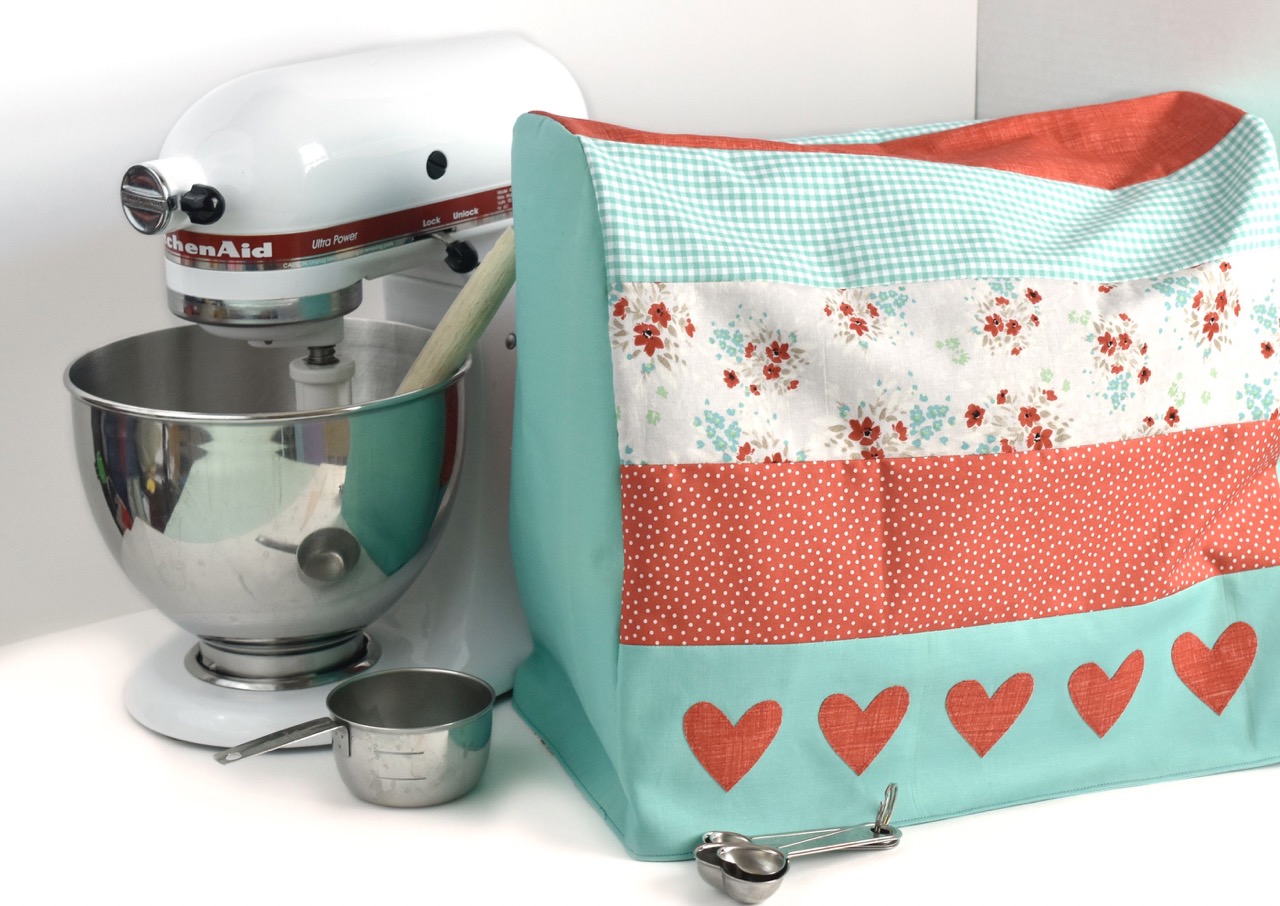
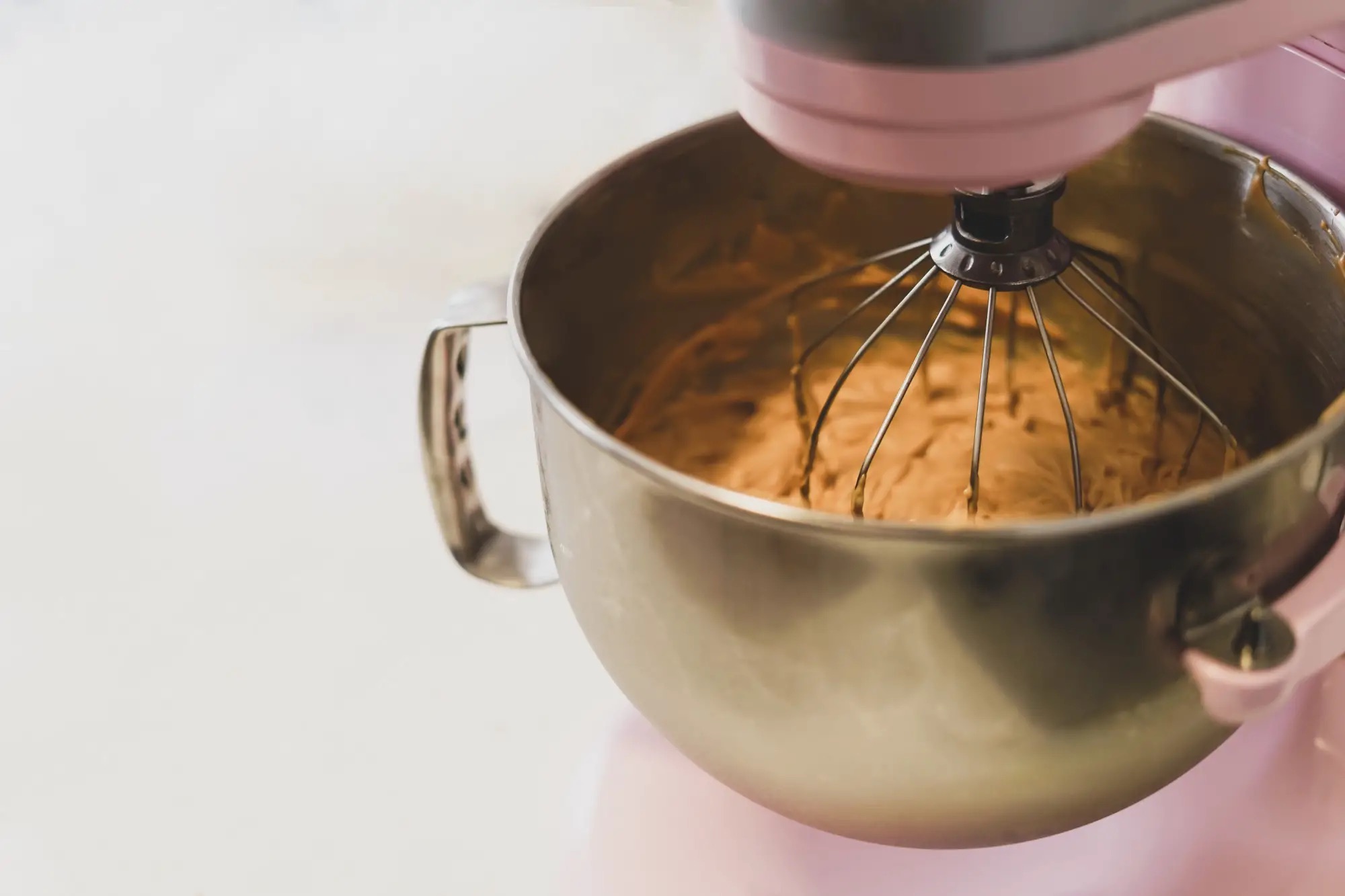
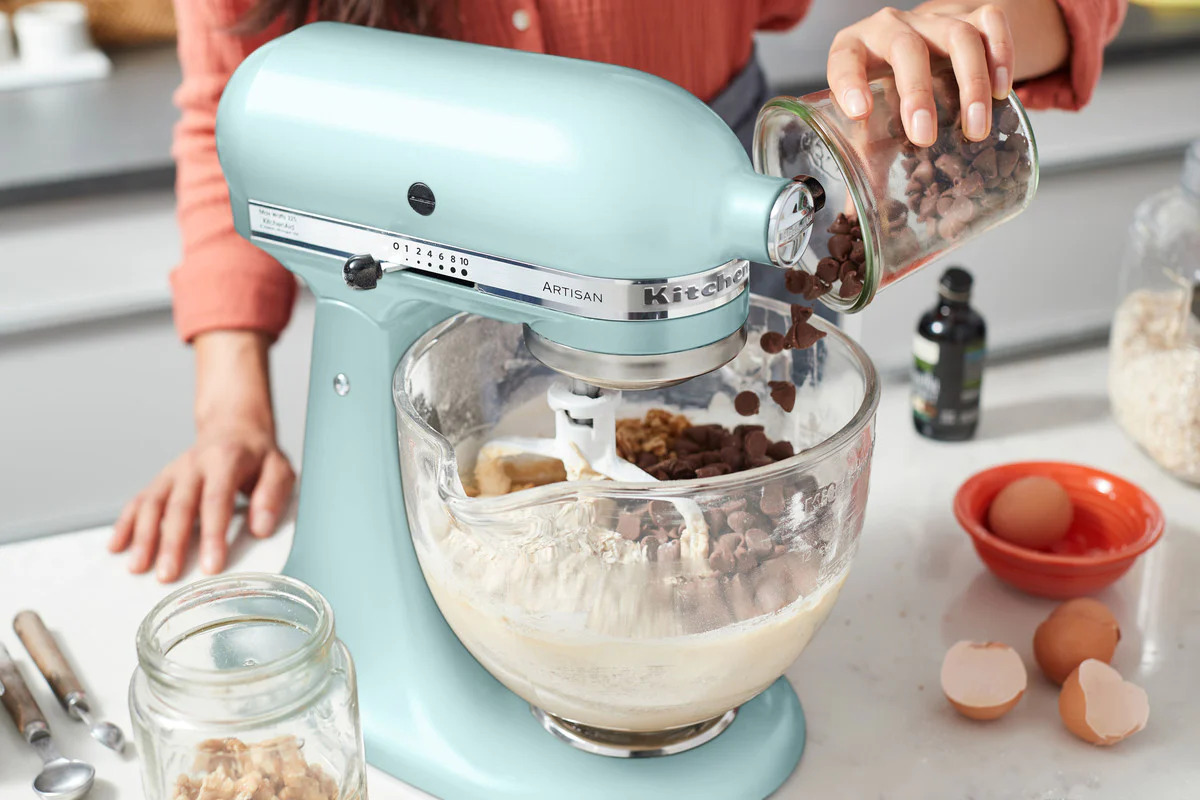
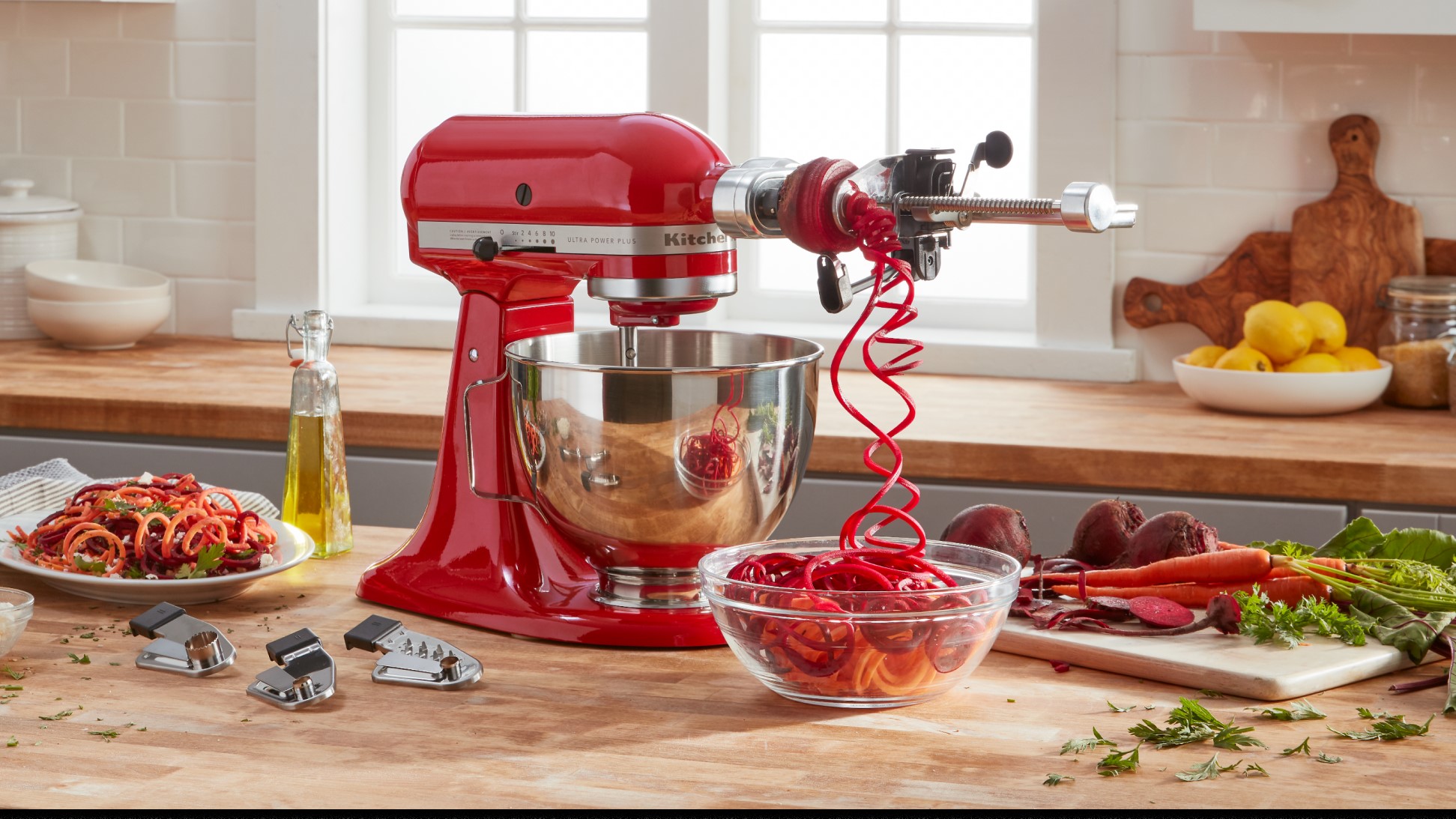
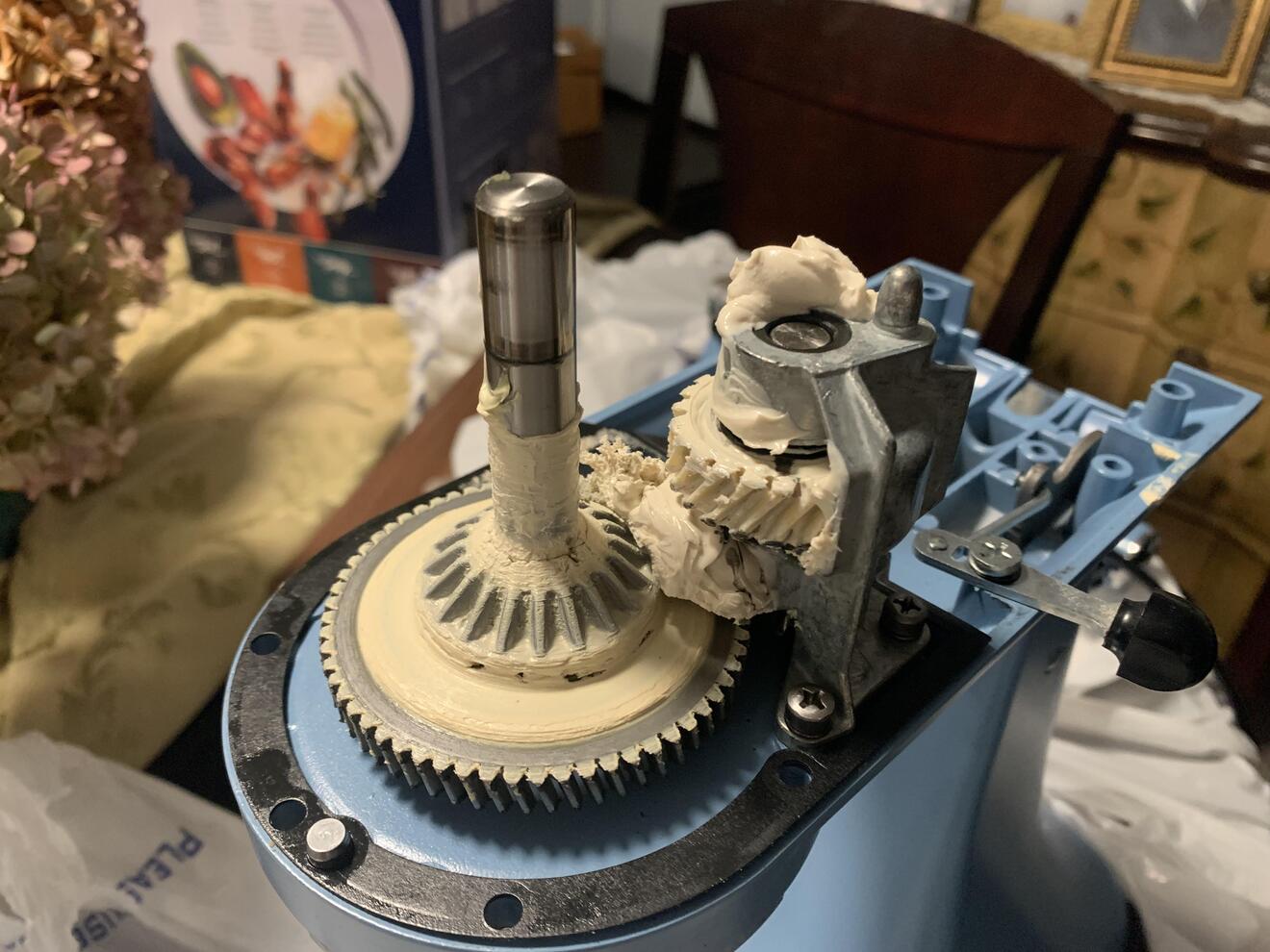
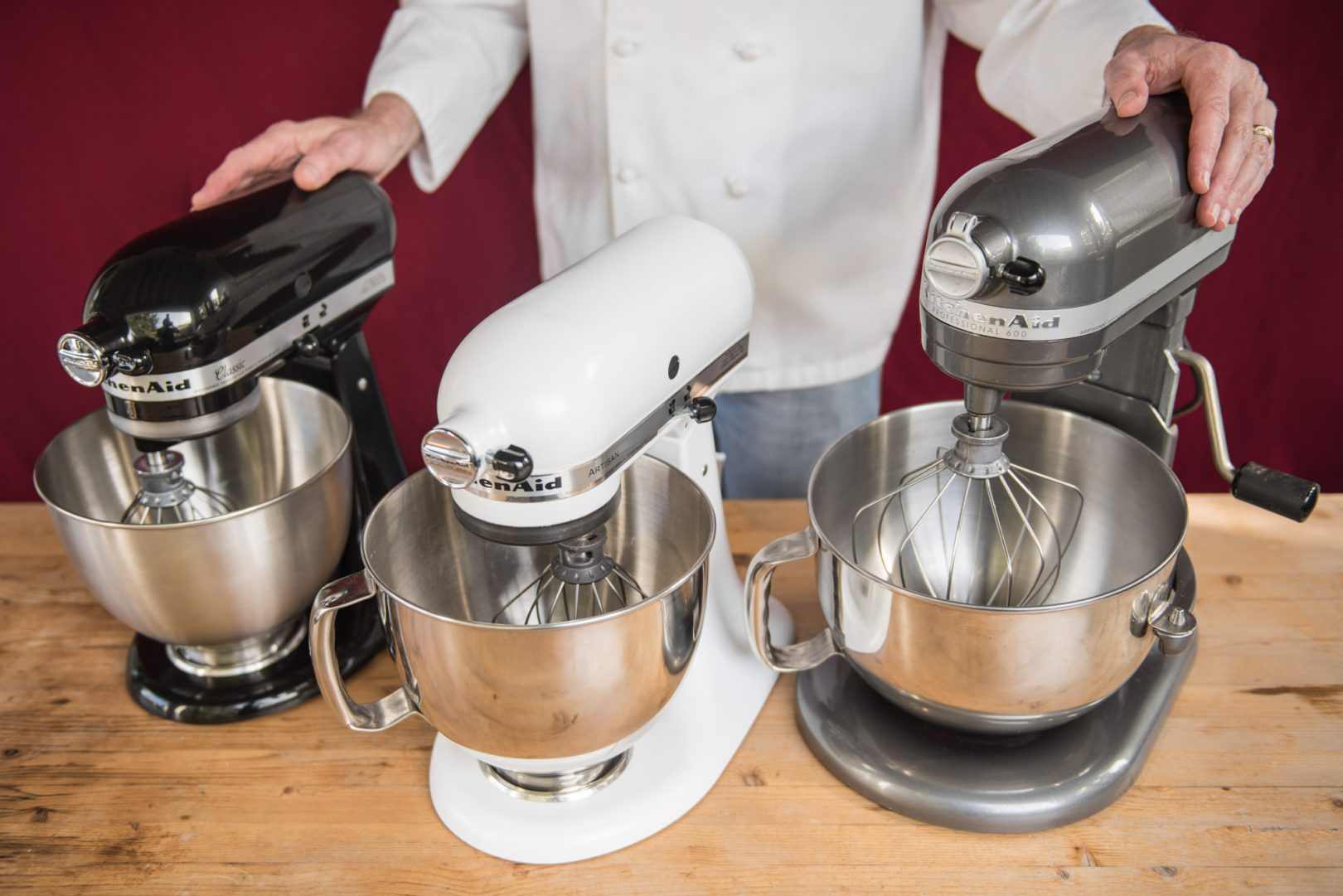
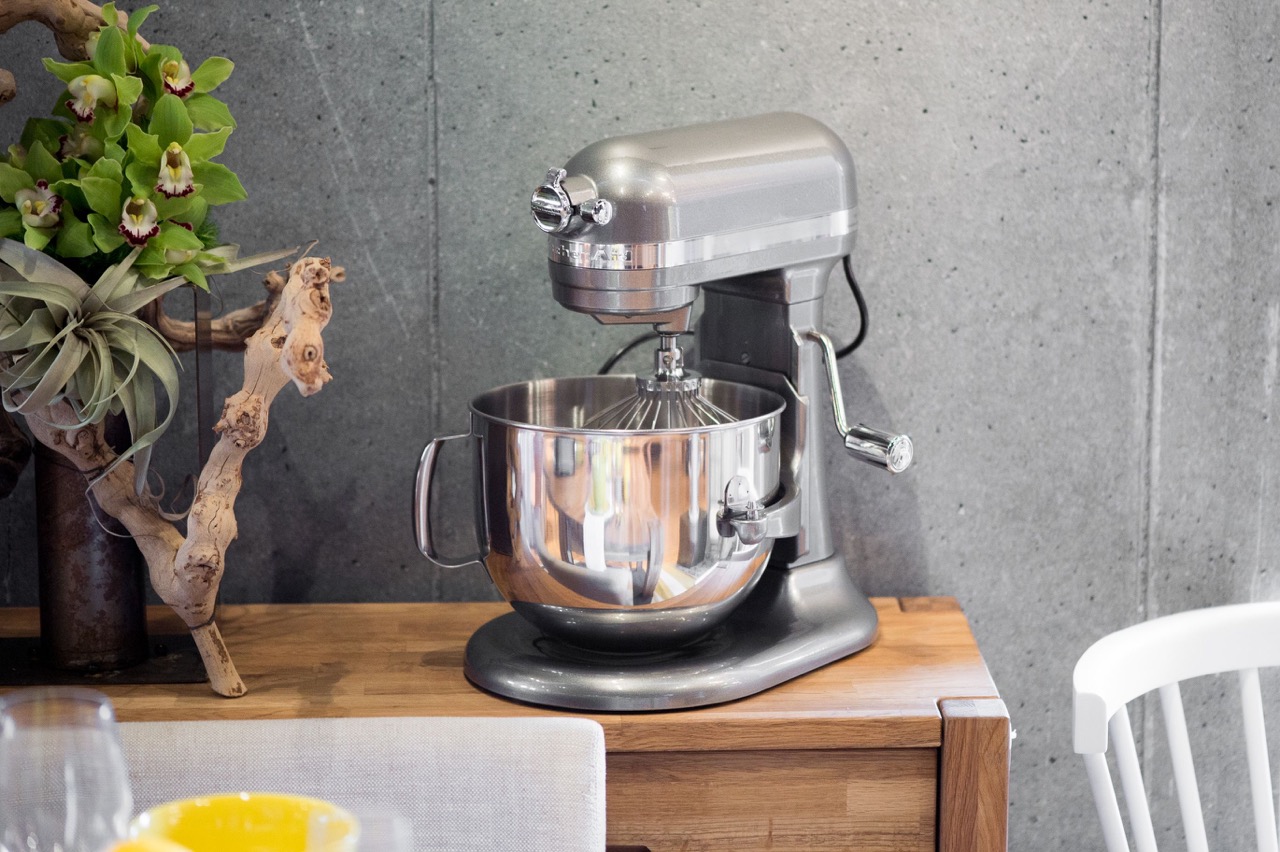
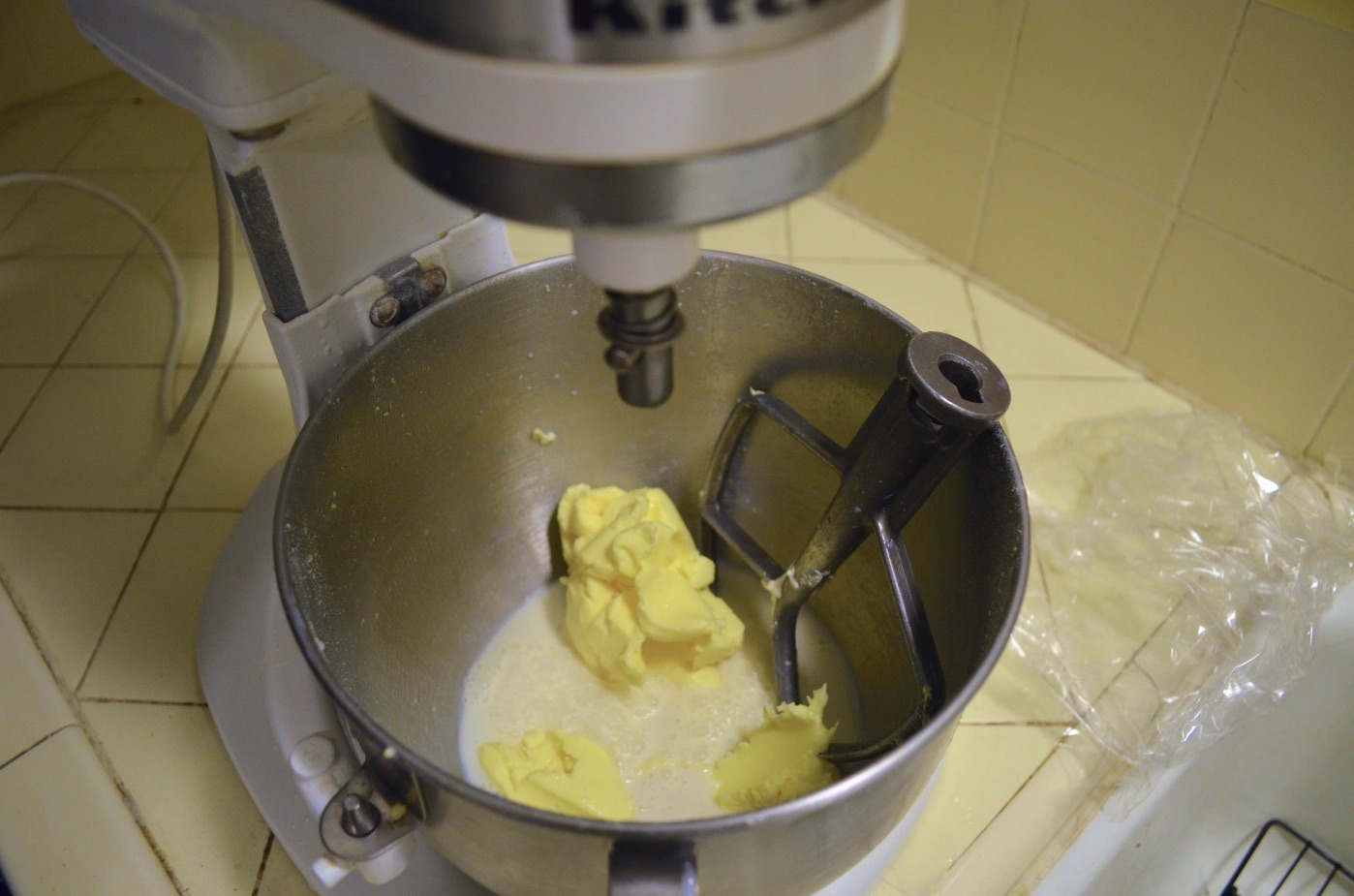
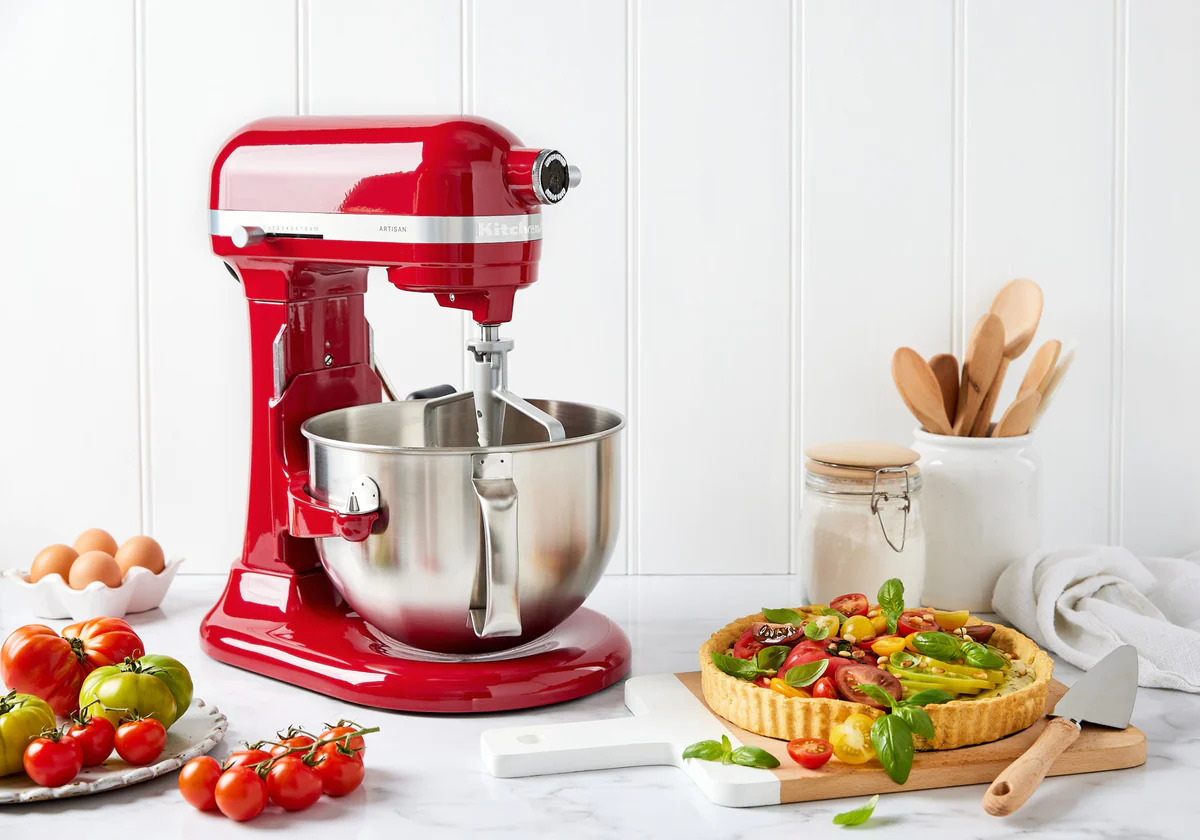
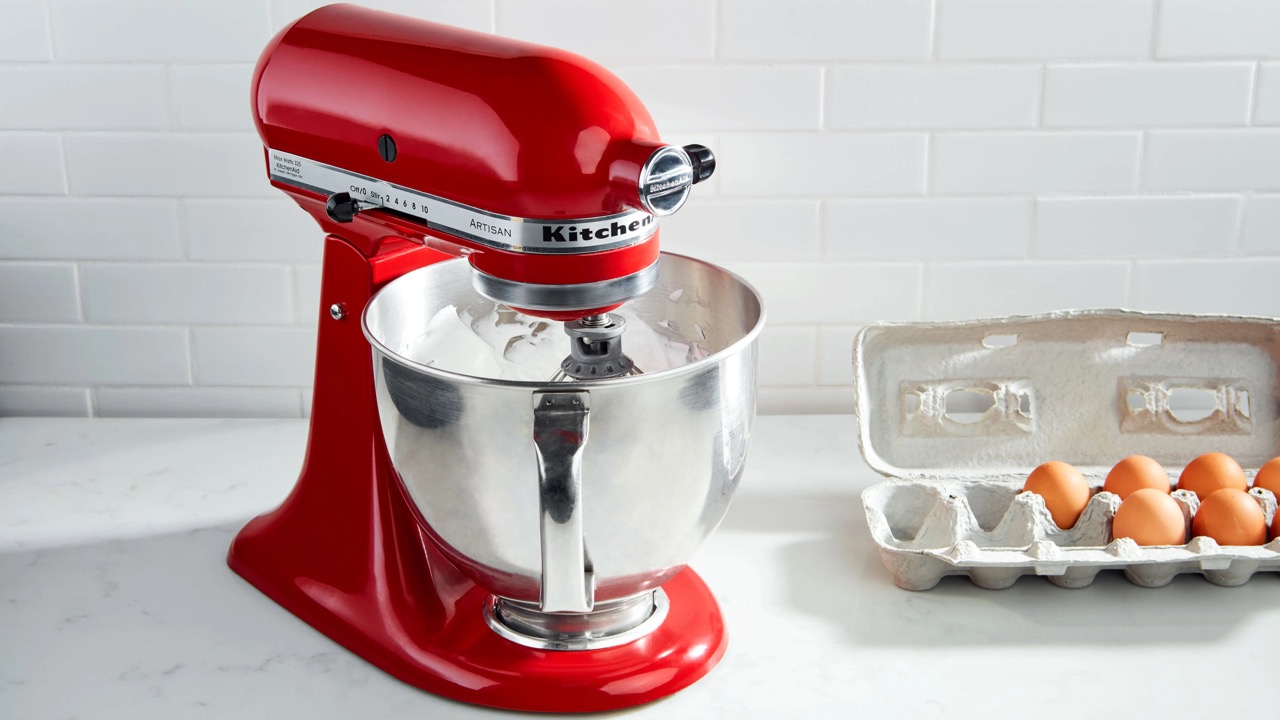
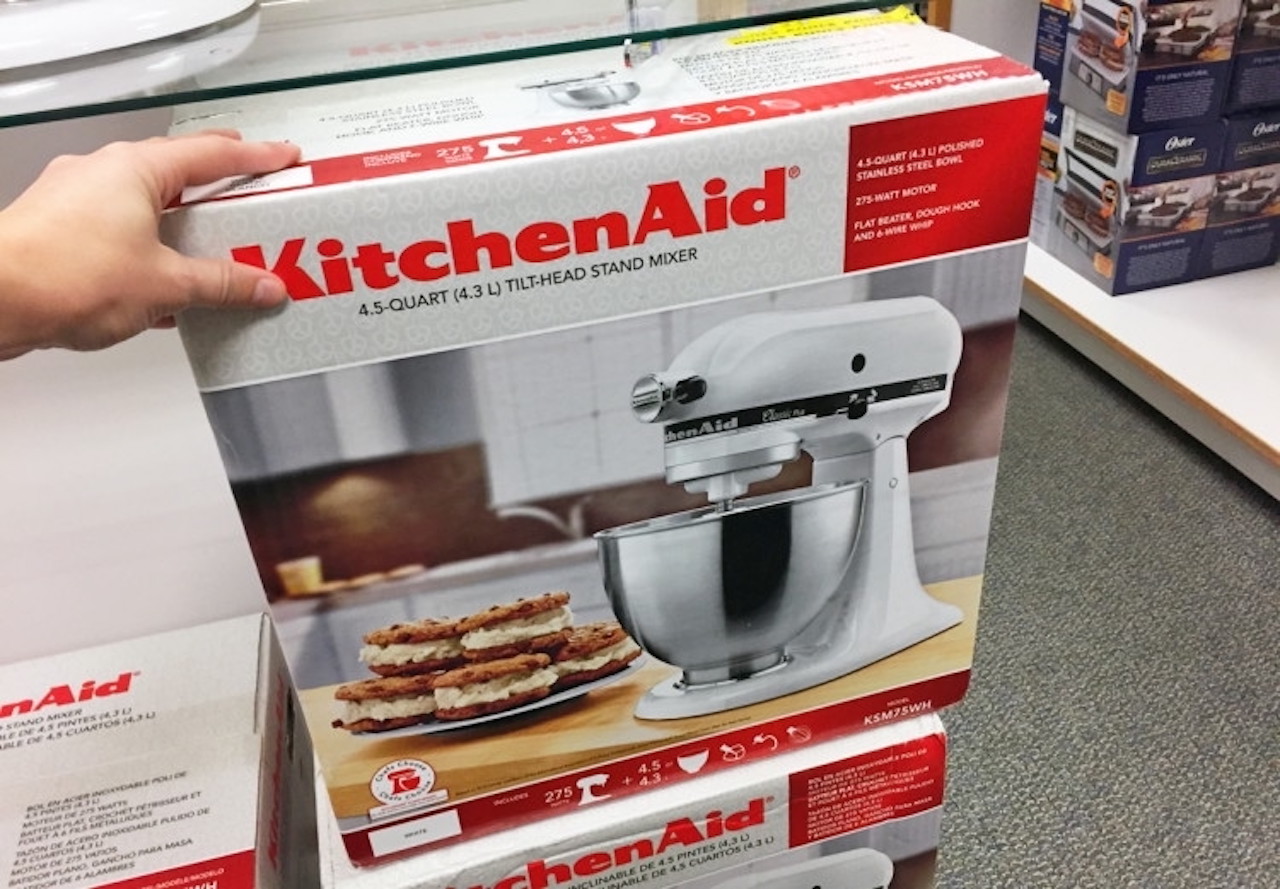
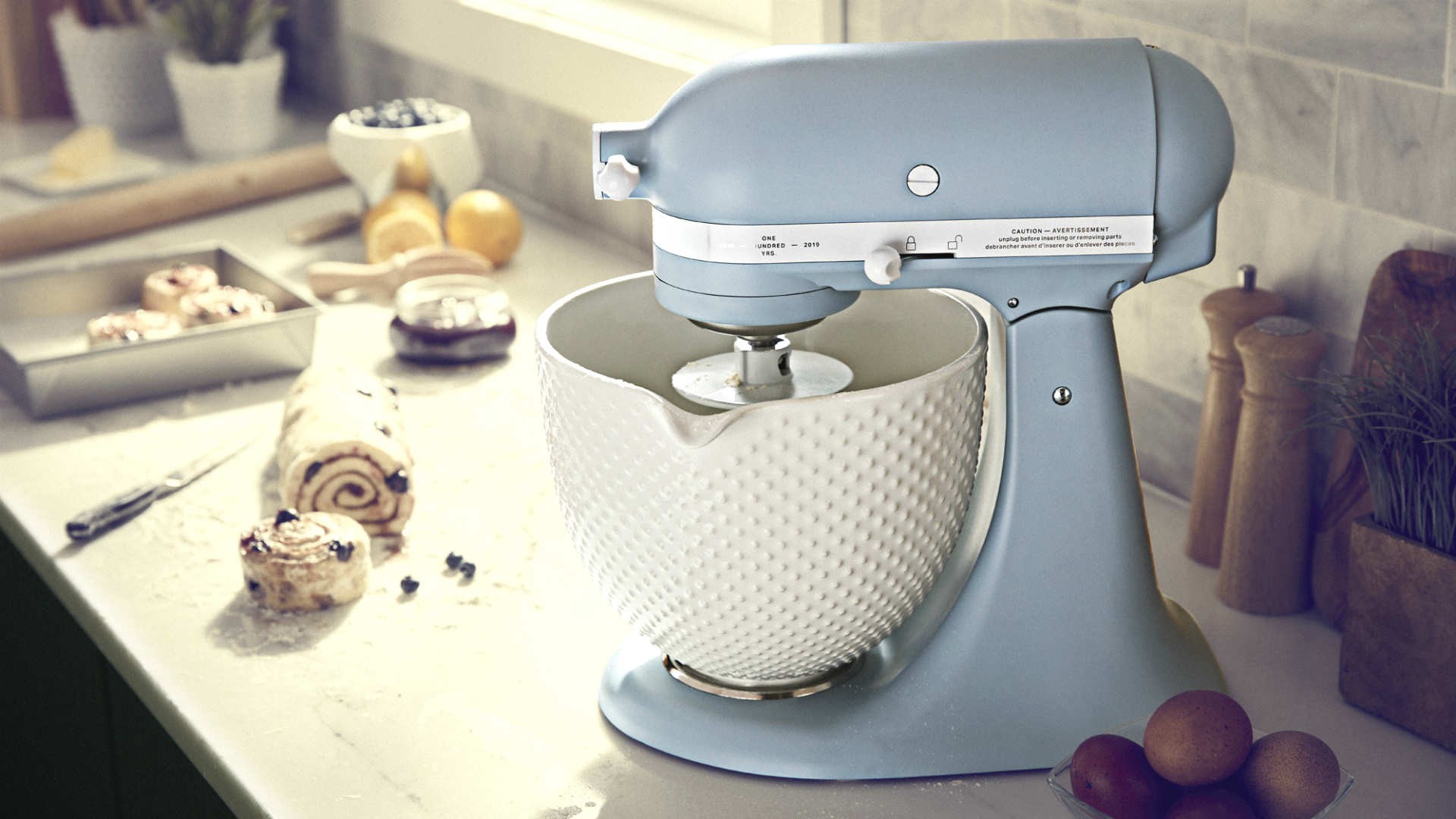
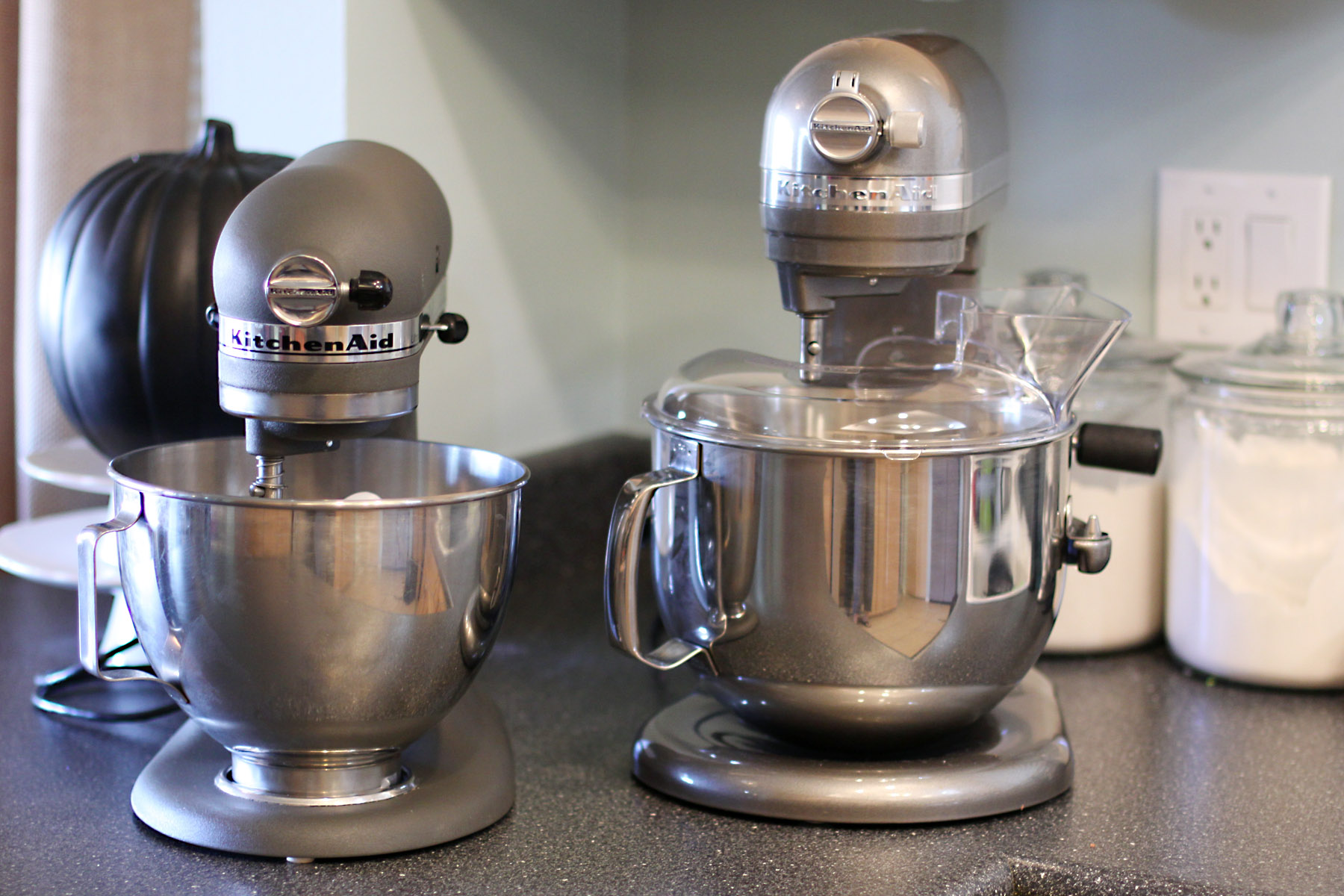
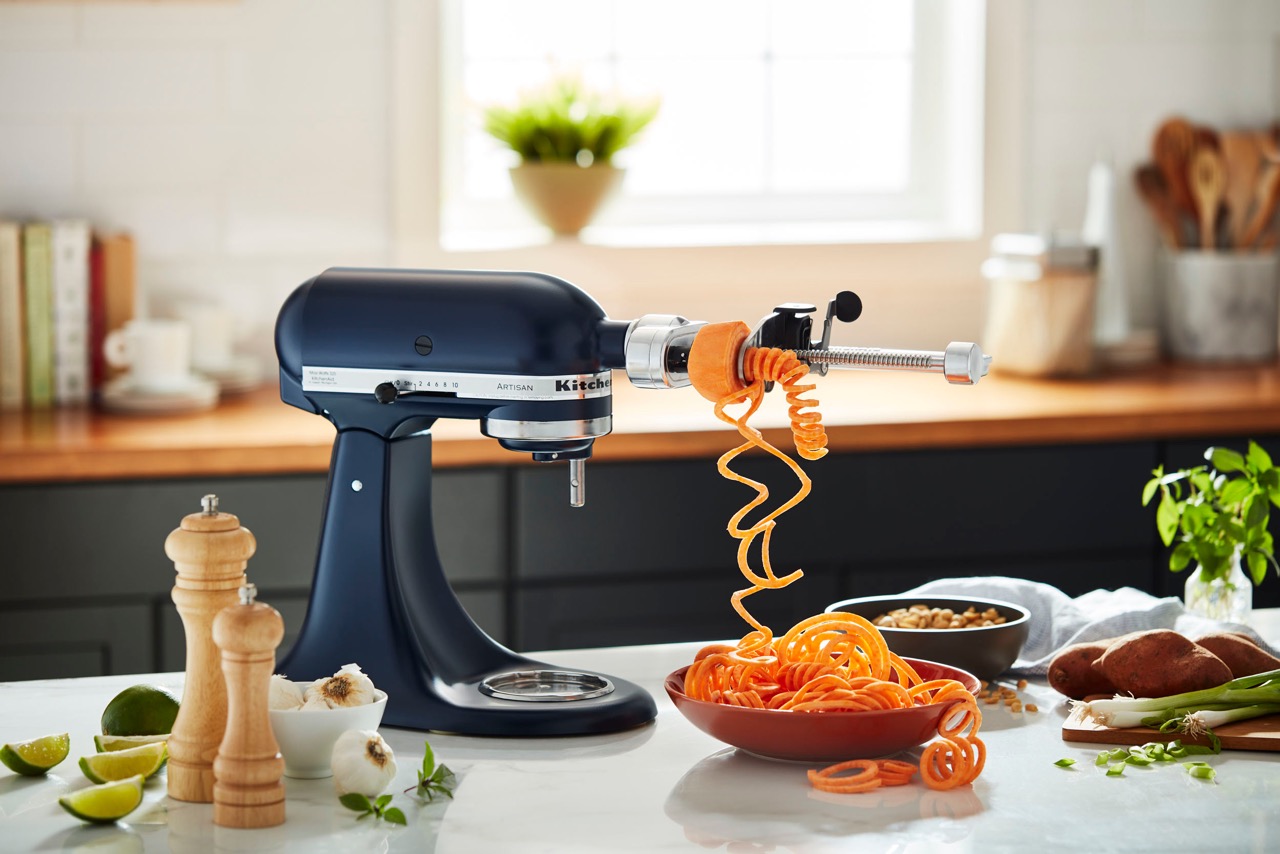

0 thoughts on “How To Paint A Kitchenaid Stand Mixer”